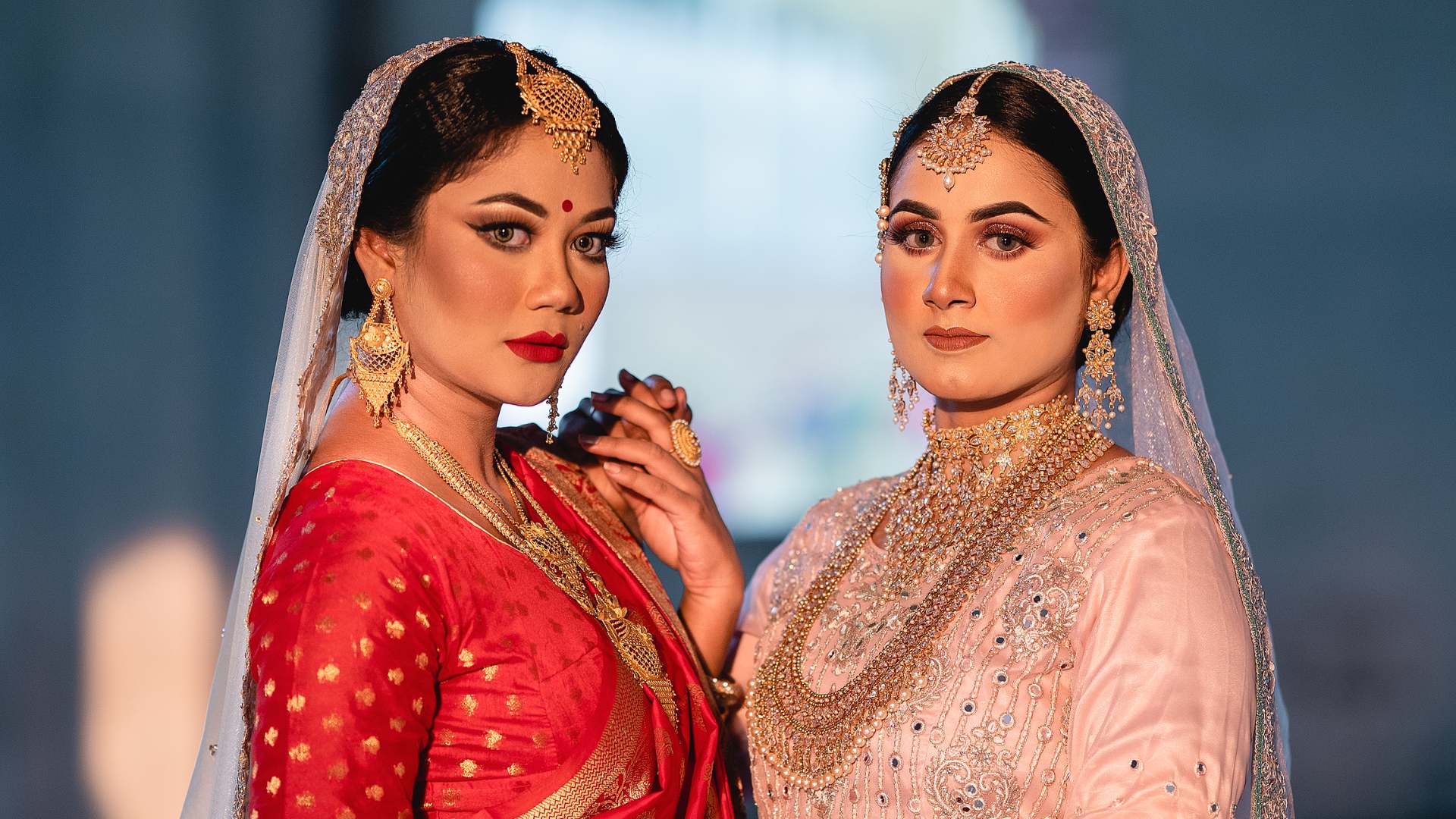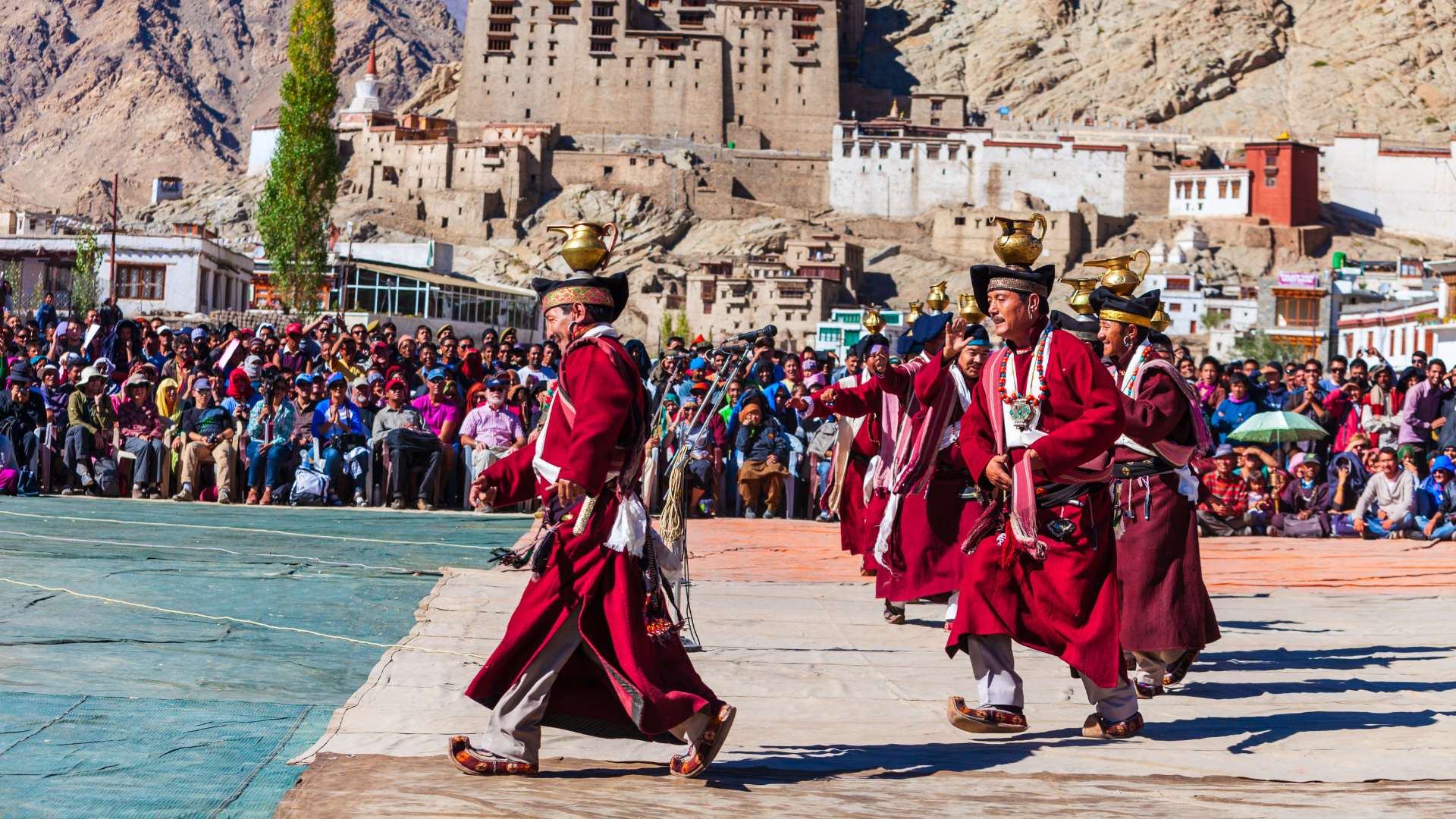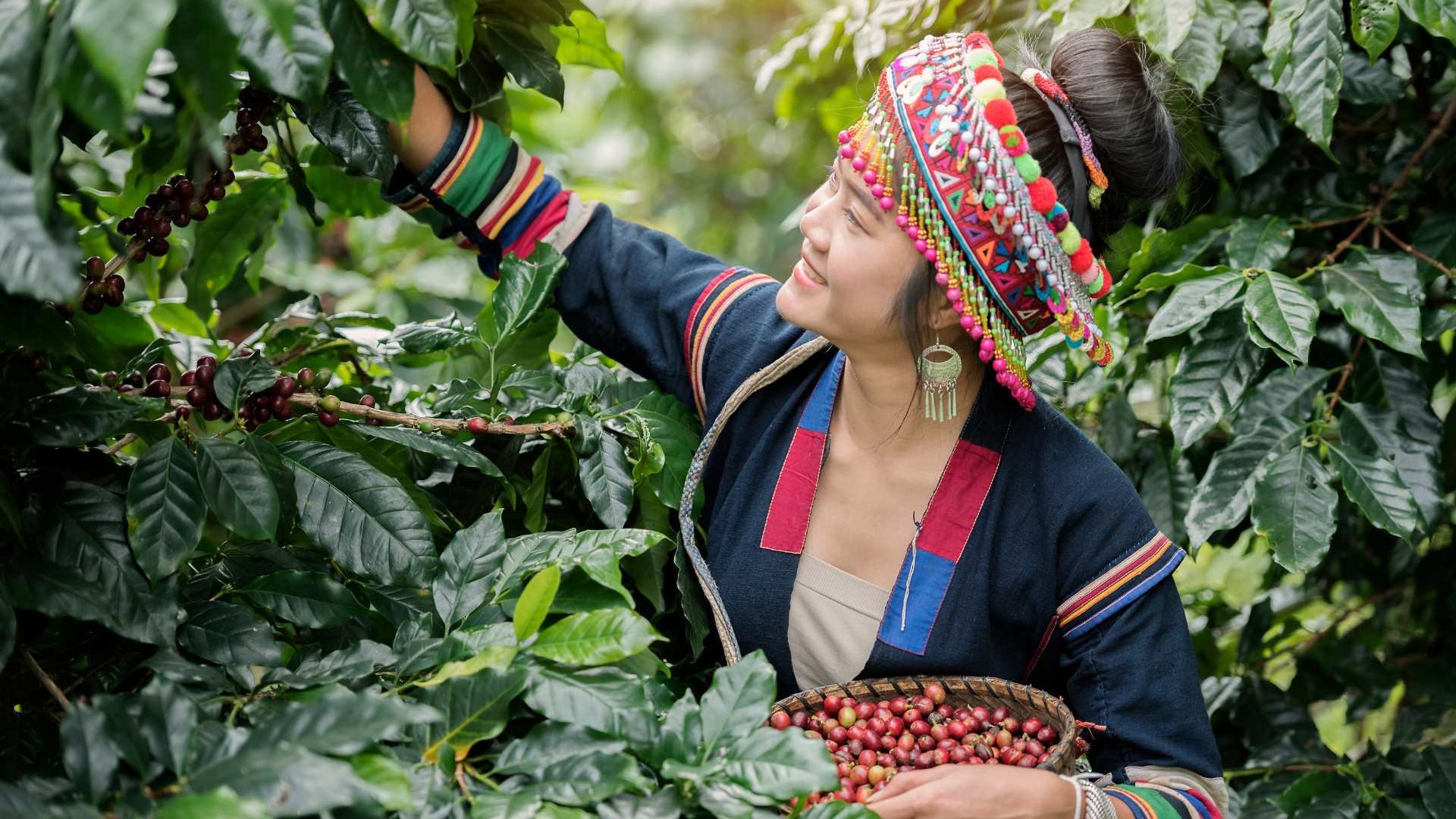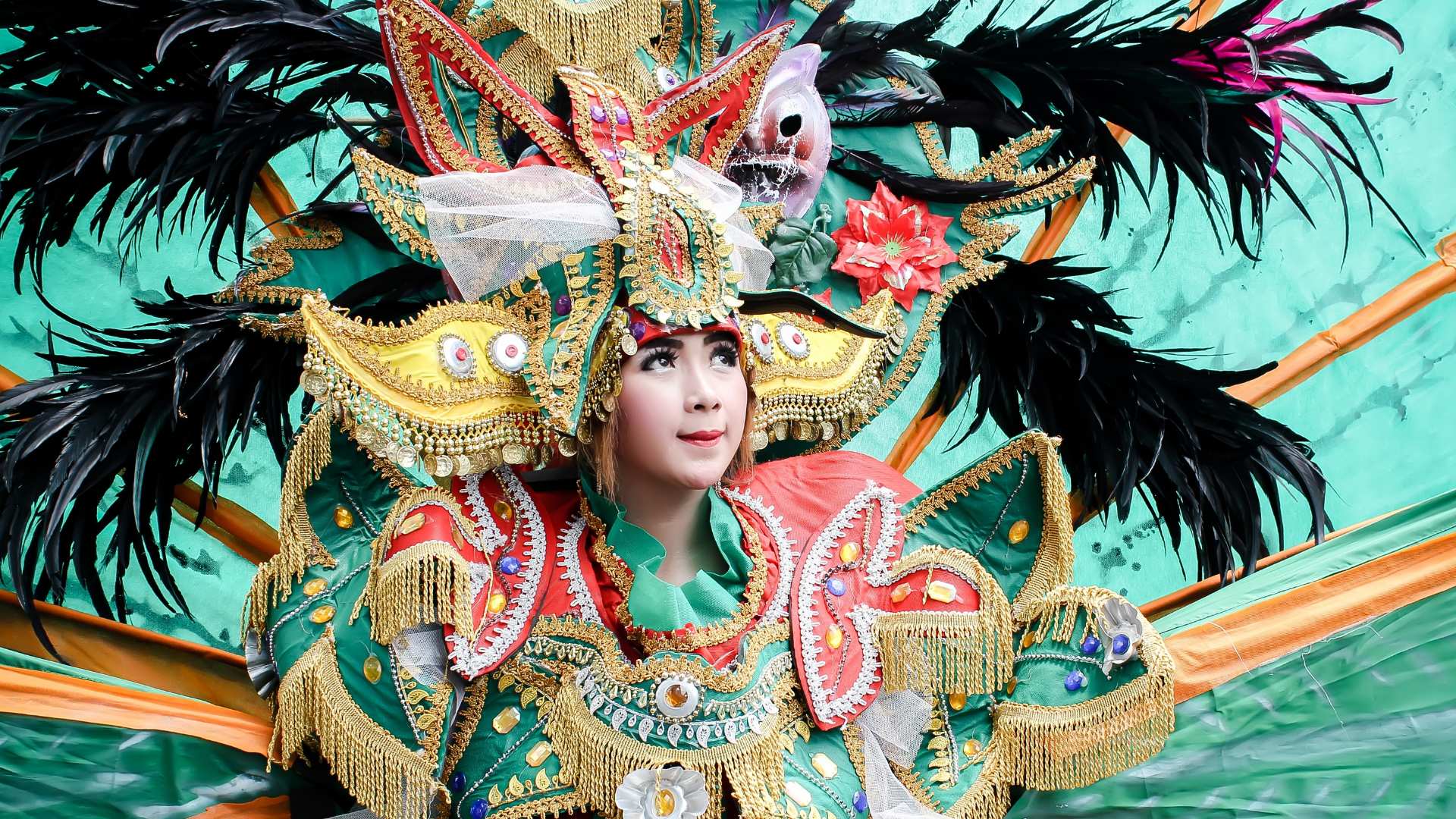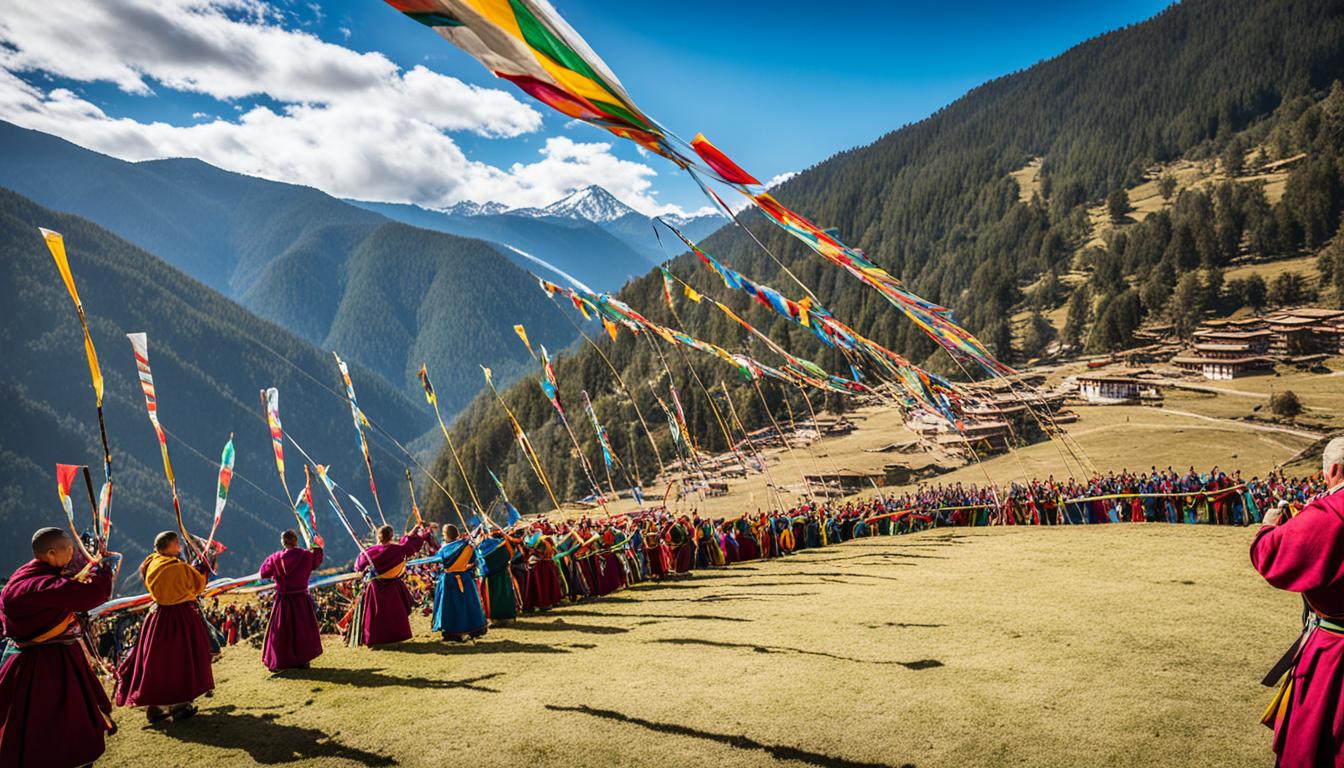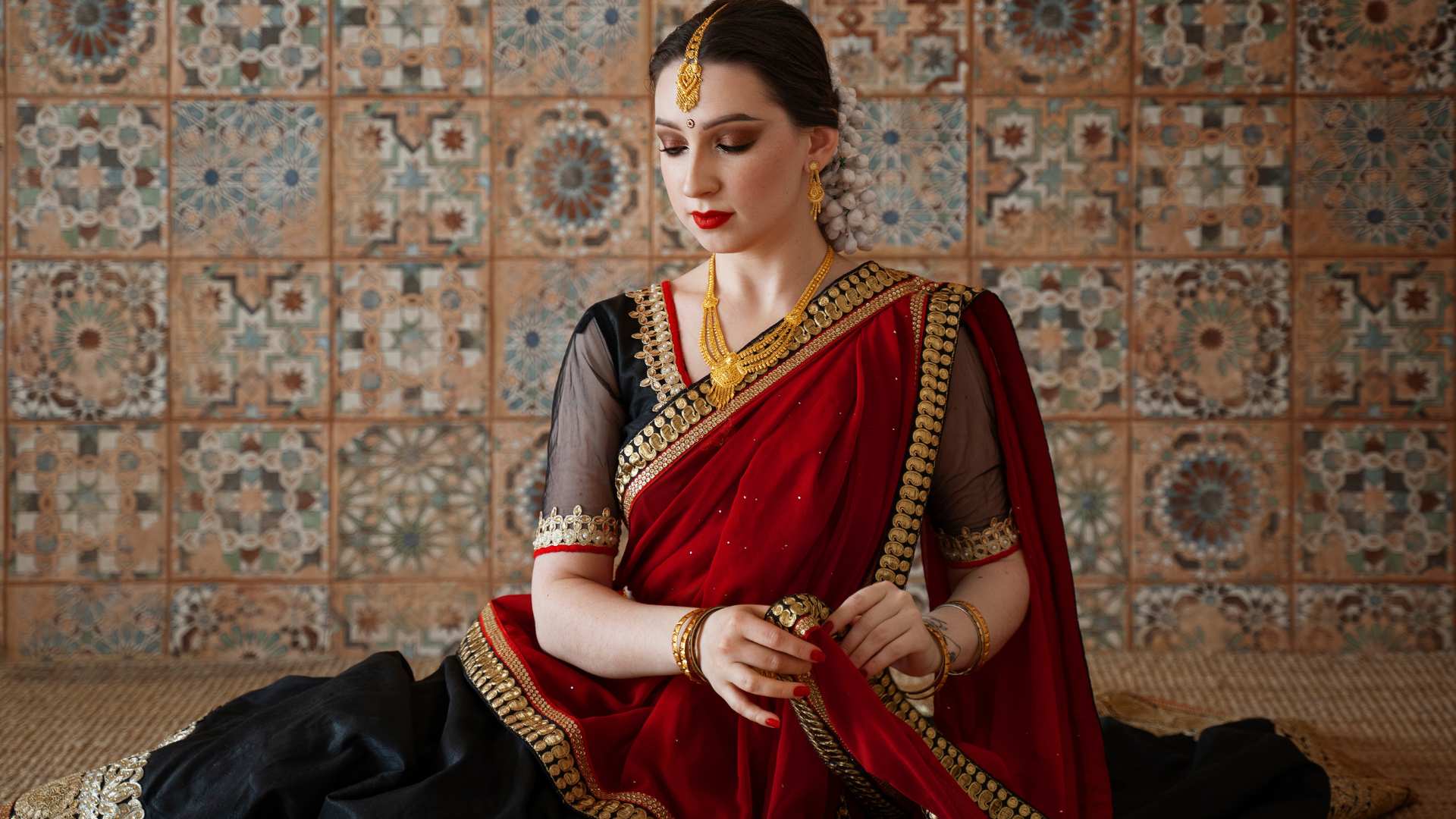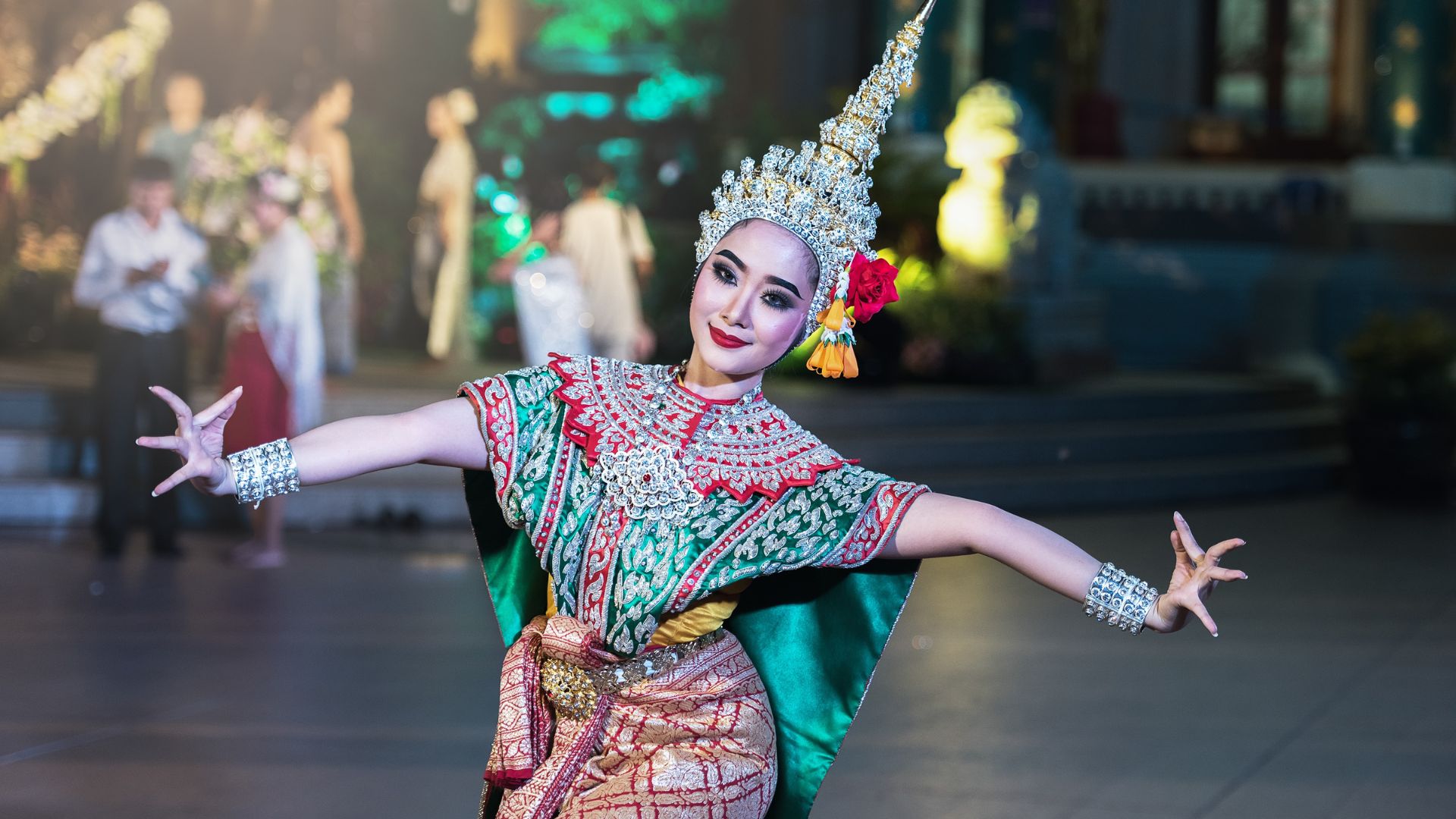Table of Contents
ToggleAs dawn breaks over the emerald peaks of the Himalayas, the air in Bhutan fills with the melodious chants from the monasteries, carrying the promise of peace that resonates with the soul of this mystical land. Here, in the ‘Land of the Thunder Dragon’, the last Shangri-La, visitors from all corners of the globe come to explore Bhutan’s attractions, seeking both adventure and spiritual awakening.
Adventurers who have traversed the globe profess that the best tourist destinations in Bhutan often start with a simple step into its pristine ambiance. This serene kingdom, flanked by cloud-kissed mountains and lush valleys, offers travelers an intimate look at a culture that has remained untouched by time. Secured by its commitment to sustainable travel, each visitor’s journey through Bhutan is a passage planned with care and respect for the nation’s heritage and environment.
From the bustling streets of Thimphu to the sacred tranquility of Punakha, the heart of Bhutan unfolds like a well-kept secret held within ancient walls and wild landscapes. In this land where happiness is measured, and nature revered, the myriad of Bhutan tourist attractions extend an invitation to immerse oneself in the sheer beauty of simplicity and tradition—a tranquil escape to a paradise veiled in the Himalayas.
Top 10 Places to Visit in Bhutan
1. Paro Taktsang
Paro Taktsang, known as the “Tiger’s Nest,” is one of the must-visit spots in Bhutan, perched dramatically over 800 meters above the Paro Valley. This remarkable site not only offers a profound connection with Bhutan’s spiritual roots but also showcases the immense natural beauty that answers the query: which part of Bhutan is most beautiful?. The monastery, dating back to 1692, encompasses hallowed meditation caves where Guru Rinpoche, credited with introducing Buddhism to Bhutan, is believed to have meditated after arriving on a flying tigress.

Embarking on the journey up to this majestic cliffside retreat isn’t just a hike; it’s a pilgrimage through the lush forestry and steep terrain that offers panoramic views of the worldly yet unspoiled scenery around Paro. The spiritual air and the physical beauty merge to create an unparalleled adventurous and enlightening experience, undoubtedly marking it as the pinnacle of Bhutanese heritage and natural splendor.
| Aspect | Details |
|---|---|
| Location | Above Paro Valley |
| Altitude | Approximately 800 meters |
| Historical Significance | Site of meditation for Guru Rinpoche, the ‘Second Buddha’ |
| Established | 1692 |
| Experience | Combines spiritual pilgrimage with an adventurous hike |
| Accessibility | Accessible by a 2-3 hour trek from the Paro Valley |
Map:
2. Punakha Dzong
Among the top places in Bhutan, Punakha Dzong stands out as a preeminent historical fortress that resonates deeply with Bhutanese royal and religious traditions. Known affectionately as “the palace of happiness and bliss,” this dzong’s architectural sophistication and historical significance make it what is the famous thing of Bhutan. Built by Zhabdrung Ngawang Namgyal in the 17th century at the picturesque meeting point of the Mo Chhu and Pho Chhu Rivers, it provides a tranquil and spiritually charged atmosphere.

Visitors to the dzong can experience the majesty of Bhutan’s architectural and artisanal traditions firsthand. Each corner of Punakha Dzong is meticulously crafted, displaying intricate woodwork and beautiful frescoes that speak volumes of its storied past. The dzong is not merely an administrative space but a pivotal location for cultural preservation, where significant events like the royal wedding of King Jigme Khesar Namgyel Wangchuck and Jetsun Pema were celebrated.
- Architectural Grandeur: Witness the detailed artistry of the dzong’s structure.
- Cultural Significance: Explore the dzong’s role in royal ceremonies and national festivities.
- Historical Relics: View ancient artifacts that tell tales of Bhutan’s dynastic history.
- Spiritual Solitude: Enjoy the peaceful ambiance at the confluence of two rivers.
| Feature | Description |
|---|---|
| Location | Confluence of Mo Chhu and Pho Chhu rivers |
| Founded | 17th century by Zhabdrung Ngawang Namgyal |
| Significance | Former administrative center, venue for royal events |
| Architectural Style | Bhutanese dzong architecture with intricate woodwork |
Exploring Punakha Dzong offers a profound insight into what is the famous thing of Bhutan and why it remains one of the top places in Bhutan. Whether it’s the grand decorative flourishes or the serene riverside setting, the dzong is a cornerstone of Bhutan’s cultural and spiritual heritage, inviting awe and reverence from all who visit.
Map:
3. National Memorial Chhorten
Embedded deep in the heart of Thimphu, the National Memorial Chhorten stands as a profound symbol of peace and prosperity in Bhutan. This illustrious monument was erected in memory of the third king, Jigme Dorji Wangchuck, whose vision of modern Bhutan continues to resonate through the ages. The Chhorten is not merely an architectural marvel but a pivotal locus for daily spiritual practices, drawing locals and visitors in droves who come to perform daily circumambulations and prayers.

The National Memorial Chhorten is a treasure trove of spiritual symbolism and traditional Bhutanese architecture, characterized by intricately carved annexes and vibrant mandala paintings. These elements are illustrative of the Buddha’s teachings, which pervade through Bhutanese culture and inspire deep spiritual contemplation and reverence among pilgrims. As they explore Bhutan’s attractions, visitors find the Chhorten’s lively atmosphere of devotion palpable, enhanced by the serene backdrop of Thimphu’s mountainous landscape.
For those engrossed in Bhutan sightseeing, the Chhorten offers more than ornate sculptures and traditional art. It serves as a hub of spiritual energy and communal harmony, hosting numerous religious gatherings and festivities, thereby cementing its place as a cornerstone of Bhutanese spiritual life. Its importance in the daily lives of the Bhutanese people makes it a poignant stop for anyone aiming to delve deeper into the cultural fabric of Bhutan.
Map:
4. Dochula Pass
Perched at an elevation of 3,100 meters, Dochula Pass stands among the best tourist destinations in Bhutan, offering stunning vistas of the Himalayan range. This mountain pass is a favored point for those seeking both tranquility and spiritual inspiration. Embellished with a collection of 108 memorial chortens, Dochula Pass embodies the deep architectural traditions and spiritual practices of Bhutan.
Travelers frequenting this high altitude locale not only bask in the panoramic views but also get to experience the serene ambiance enhanced by the fluttering prayer flags. The strategic placement between Thimphu and Punakha makes Dochula Pass a vital resting spot where visitors often pause to appreciate the splendid natural scenery, marked by clear skies and a visible stretch of snow-capped peaks.

Indeed, Dochula Pass is more than just a scenic stop; it’s a site where homage and remembrance interlace with the natural beauty, rendering it one of the most famous places in Bhutan. The pass is not just an escape for nature lovers but also for those who seek to connect with the spiritual past and architectural grandeur of the Bhutanese heritage, making it a multifaceted jewel in the Himalayas.
| Feature | Details |
|---|---|
| Elevation | 3,100 meters |
| Chortens | 108 Memorial Chortens or Stupas |
| Key Attractions | Panoramic views, prayer flags, architectural beauty |
| Accessibility | Located on the route between Thimphu and Punakha |
Map:
5. Khamsum Yulley Namgyal Choeten
Among the popular tourist places in Bhutan, Khamsum Yulley Namgyal Choeten is a prime example of the kingdom’s architectural and spiritual heritage. Set gracefully atop a hill in Punakha Valley, the stupa provides a serene panorama of the landscape, marked by terraced rice fields and the sinuous Mo Chhu River. Constructed by the Queen Mother, this edifice took nearly ten years to complete and serves as a dedication to the present King, symbolizing the nation’s aspirations for peace and stability.

To explore Bhutan’s attractions like this choeten is to gain insight into the intricate artwork and spiritual symbols that shape the Bhutanese ethos. The structure features detailed representations of protective deities and offers a glimpse into the meticulous spiritual practices ingrained in Bhutanese culture. Visitors are often captivated by the tranquil atmosphere and the profound sense of peace that the site imparts.
For those looking to delve deeper into the cultural fabric of Bhutan, a visit to Khamsum Yulley Namgyal Choeten is indispensable. This site not only reinforces the architectural genius prevalent in Bhutan but also highlights the spiritual doctrines that are deeply woven into the daily lives of its people, making it one of the must-visit destinations for anyone wishing to fully appreciate the unique cultural landscape of this Himalayan kingdom.
Map:
6. Paro
Regarded as the most visited city in Bhutan, Paro is not just a significant arrival point but also one of the best tourist destinations in Bhutan. It is a city where modernity and history fuse amidst a backdrop of stunning natural beauty. The unique positioning of Paro offers unparalleled access to the quintessence of Bhutanese culture and its preserved wilderness.
From the moment travelers land at the only international airport in the country, they are enveloped in a world that balances the traditional with the contemporary. The charming streets of Paro are lined with storied buildings that speak volumes about Bhutanese architecture. The local bazaars brimming with colorful handicrafts and the quiet cafes offering serene spots to unwind, contribute to the city’s quaint yet vibrant character.
The cultural richness of Paro is celebrated through numerous festivals with the Paro Tsechu being a major highlight. This annual festival fills the city with vibrant colors and music, drawing visitors from across the globe. The key festivities are complemented by a display of historical and mythological narratives through dance, solidifying the community’s connection to its roots.

Unquestionably, one of the architectural marvels in the city is the Rinpung Dzong, a fortress that stands as a testament to the Buddhist influence in Bhutan’s construction. Known for its towering walls and intricate woodwork, it encapsulates the essence of Bhutanese style and spiritual foundation. Additionally, numerous sacred sites spread throughout the valley, provide tranquil retreats for spiritual seekers and culture enthusiasts alike.
The tableau below exemplifies the elements that make Paro a celebrated destination within Bhutan:
| Feature | Description | Cultural Significance |
|---|---|---|
| Rinpung Dzong | Historic fortress with intricate design | Hosts the annual Paro Tsechu festival |
| Local Handicrafts | Artisanal products available in traditional bazaars | Supports local artisans and preserves craft traditions |
| Cafes and Eateries | Mixture of traditional and modern cuisine | Places for cultural exchange and modern lifestyle integration |
Paro not only serves as a gateway to exploring the deeper realms of Bhutan but also stands as a vibrant hub that celebrates and preserves the heritage of this Himalayan kingdom. Its unparalleled natural beauty combined with its rich historical tapestry makes it an essential stop for anyone visiting Bhutan.
Map:
7. Thimphu
Thimphu, the capital and the largest city of Bhutan, stands out for its unique blend of modernity and ancient traditions. Situated by the serene Wang Chhu River, it is famed for being the world’s only capital without traffic lights, which adds a charming simplicity to its bustling environment. Thimphu is not only the political and economic center of Bhutan but also a hub for culture, widening its appeal as which city is most visited in Bhutan? Its array of historical and modern attractions make it a must-visit for every traveler venturing into Bhutan.
Visitors, particularly from India, often inquire, do Indians need a visa for Bhutan? The answer simplifies travel plans significantly as Indian citizens do not require a visa to enter Bhutan, enhancing Thimphu’s accessibility and appeal as a travel destination. Thimphu presents a diverse slate of sights ranging from majestic fortresses like Tashichho Dzong, which houses the monarchy and various government operations, to the iconic Buddha Dordenma Statue. This colossal figure is not only spiritually significant but offers sweeping views of the entire valley.
- Tashichho Dzong: A fortress of historical and political significance, offering insights into Bhutan’s administrative and monastic life.
- Buddha Dordenma Statue: Standing at 51.5 meters, this gigantic bronze statue is filled with over 125,000 smaller Buddha statues, each made of bronze and gilded in gold.
- Folk Heritage Museum: Provides a deep dive into Bhutanese rural history through well-preserved artifacts, traditional costumes, and typical Bhutanese household tools.

Thimphu’s cultural offerings are complemented by its modern cafes and nightspots, which provide a taste of the local life in a more contemporary setting. While exploring this city, visitors experience a seamless amalgamation of old-world charm and new-world comforts, making their visit memorable. Whether it is the peaceful ambiance of its streets or the architectural grandeur of its landmarks, Thimphu continues to uphold its reputation as a city where tradition and progress coexist harmoniously.
Map:
8. Gangtey Monastery
Among the mystical places to visit in Bhutan, the Gangtey Monastery stands out. Nestled in the Phobjikha Valley, this historical monument dates back to the 17th century and offers a tranquil retreat amidst rolling hills and lush fields. The monastery is not only significant for its religious history but also for its picturesque settings that make it a prime spot for Bhutan sightseeing.

Every winter, the valley embraces a special role as the hosting ground for the rare black-necked cranes. These majestic birds travel here annually, turning the area into a vibrant hub of nature and spirituality. This spectacle garners attention from birdwatchers and spiritual seekers alike, each drawn by the harmonious interplay between the serene landscape and the sacredness of the monastery.
Observing these cranes is considered an auspicious event locally, symbolizing blessings and continuity for the coming times. To truly experience this unique phenomenon blends the enjoyment of natural beauty with spiritual enrichment, making it a must for anyone exploring the places to visit in Bhutan.
| Activity | Description | Season |
|---|---|---|
| Birdwatching | Observe the black-necked cranes | Winter |
| Spiritual Visits | Participate in local spiritual practices | Year-round |
| Photography | Capture the scenery and wildlife | Best in daylight |
In addition to its natural and spiritual allure, Gangtey Monastery is a cornerstone of the community, providing a deep dive into the practices and traditions that have shaped this serene region of Bhutan. Its enduring charm makes it a key highlight in Bhutan sightseeing tours, treasured by all who wander into this peaceful domain.
Map:
9. Jigme Dorji National Park
Established in 1974, Jigme Dorji National Park is one of Bhutan’s most revered Bhutan tourist attractions, captivating visitors with its vast landscapes that range from lush subtropical forests to towering peaks. Its ecological diversity solidifies its status as a top destination for exploring what is the famous thing of Bhutan. From the iconic Bengal tiger to the elusive snow leopard and the distinctive Bhutanese Takin, the park harbors a rich collection of wildlife, attracting both conservationists and animal enthusiasts.

The park is not only a sanctuary for wildlife but also a cultural treasure trove, housing numerous sacred and historical sites within its expanse. These sites contribute deeply to the cultural tapestry of the region, highlighting the park’s dual appeal as a center for both biodiversity and Bhutanese heritage. The diversity in its ecosystems offers ideal habitats for various protected bird species, underlining its ecological importance. As a cornerstone in Bhutan’s conservation efforts, Jigme Dorji National Park exemplifies how nature and culture intertwine, creating a holistic tourist experience.
- Home to iconic wildlife species like the Bengal tiger, snow leopard, and Bhutanese Takin
- Site of significant cultural and historical importance within Bhutan
- Diverse ecosystems supporting a wide range of flora and fauna
Among Bhutan tourist attractions, Jigme Dorji National Park stands out not just for its natural beauty and biodiversity but as a living museum of cultural significance. It remains a compelling answer to the question, what is the famous thing of Bhutan?, offering a unique blend of ecological and cultural richness that defines the spirit of this great nation.
Map:
10. Wangdue Phodrang
As part of your Bhutan sightseeing, Wangdue Phodrang stands out as one of the most popular tourist places in Bhutan. This district, with its compelling mixture of cultural richness and natural beauty, offers a unique glimpse into the traditions and landscapes of the region. At the heart of the district is the iconic Wangdue Phodrang Dzong, a grand fortress that overlooks the town and provides panoramic views that captivate visitors.

The bustling local markets of Wangdue Phodrang are a central feature, where visitors can engage directly with the area’s vibrant culture and commerce. For those drawn to the arts, the region’s higher elevations are known for their traditional crafts. Artisans here are skilled in bamboo work, stone carvings, and slate mining, offering insight into the local craftsmanship that has been passed down through generations.
| Craft | Materials Used | Products |
|---|---|---|
| Bamboo Work | Bamboo | Baskets, Musical Instruments |
| Stone Carving | Local stone | Religious Statues, Household Items |
| Slate Mining | Slate | Roofing Tiles, Plates |
Exploring Wangdue Phodrang provides an invaluable perspective on the blend of modernity and tradition that characterizes Bhutan. The district is not just a destination but a comprehensive experience of the country’s commitment to preserving its ecological and cultural heritage while welcoming tourists to its enchanting terrain.
Map:
Conclusion
Immersed in the heart of the Himalayas, Bhutan stands as a bastion of cultural splendor and serene natural habitats, beckoning travelers to embrace a lifestyle where serenity and coexistence with nature are paramount. While some may ponder, “Is Bhutan costly for Indians?”, the value of the experience far transcends the monetary cost, offering a deep dive into a nation that prioritizes happiness and environmental preservation. The commitment of Bhutan to its environmental stewardship and cultural heritage in the face of global change is unmatched, making every visit not just travel but an enriching journey into the soul of this majestic kingdom.
From the profound spiritual connection felt at monastic sites that dot the landscape to the imposing presence of historical fortresses that narrate a tale of timelessness, Bhutan in 2024 promises a kaleidoscope of memorable encounters. As individuals seek respite from the relentless pace of life, Bhutan presents an oasis of tranquility in which the simplicity and splendor of life’s intricate tapestry can be appreciated. The opportunity to explore Bhutan’s attractions is a chance to not only witness, but to participate in the harmonious rhythm of a land where tradition and nature flourish side by side. The best time to visit in Bhutan is during the spring (March to May) and autumn (September to November) seasons, when the weather is pleasant and the landscape is at its most vibrant, ensuring a truly unforgettable experience.
Whether it’s the allure of the Tiger’s Nest perched above Paro or contemplating life’s quietude at Dochula Pass, each moment in Bhutan resonates with the ethos of a country that is a true exemplar of sustainability and cultural vibrancy. For those in India and beyond, the journey to Bhitat is not mere tourism; it is an invitation to experience a profound tranquility that endures in the heart long after the journey has ended. Indeed, Bhutan’s splendor lies in its ability to enchant the soul with its unspoiled landscapes and the warmth of a culture steeped in kindness and respect for life.
FAQ
1. Which part of Bhutan is most beautiful?
Bhutan’s beauty is diverse and spread throughout the country, but many consider Paro Taktsang, or the “Tiger’s Nest,” as the most beautiful due to its striking location and spiritual significance. Other regions acclaimed for their natural splendor include the Phobjikha Valley and the panoramic views from Dochula Pass.
2. What is the famous place in Bhutan?
The famous Tiger’s Nest monastery in Paro is arguably the most iconic site in Bhutan. Dochula Pass and Punakha Dzong are also among the most well-known places, valued for their cultural and historical importance as well as their breathtaking scenery.
3. What is the famous thing of Bhutan?
Bhutan is famous for its deep-rooted Buddhist culture, majestic fortresses known as dzongs, traditional textiles, dramatic landscapes, and the philosophy of Gross National Happiness. The country is also recognized for its commitment to maintaining a high level of environmental conservation.
4. Which city is most visited in Bhutan?
Thimphu, the capital and largest city of Bhutan, is the most visited city, offering a blend of traditional Bhutanese culture and modern amenities. Paro is another highly visited city, especially due to the proximity to the famous Tiger’s Nest monastery.
5. Is Bhutan costly for Indians?
Bhutan can be relatively more expensive for Indians compared to other South Asian travel destinations. This is partly due to the country’s daily minimum spending requirement, which is designed to promote sustainable tourism although Indian citizens are exempt from this rule, they may find some services and accommodations to be on the costlier side.
6. Do Indians need a visa for Bhutan?
Indian citizens do not require a visa to visit Bhutan. However, they must carry a valid passport or a voter ID card issued by the Election Commission of India to enter and travel within Bhunan.
7. What are the top places to visit in Bhutan?
Top places to visit in Bhutan include Paro Taktsang (Tiger’s Nest), Punakha Dzong, Thimphu, Paro Valley, National Memorial Chhorten, Dochula Pass, Khamsum Yulley Namgyal Choeten, Gangtey Monastery, Jigme Dorji National Park, and Wangdue Phodrang.

